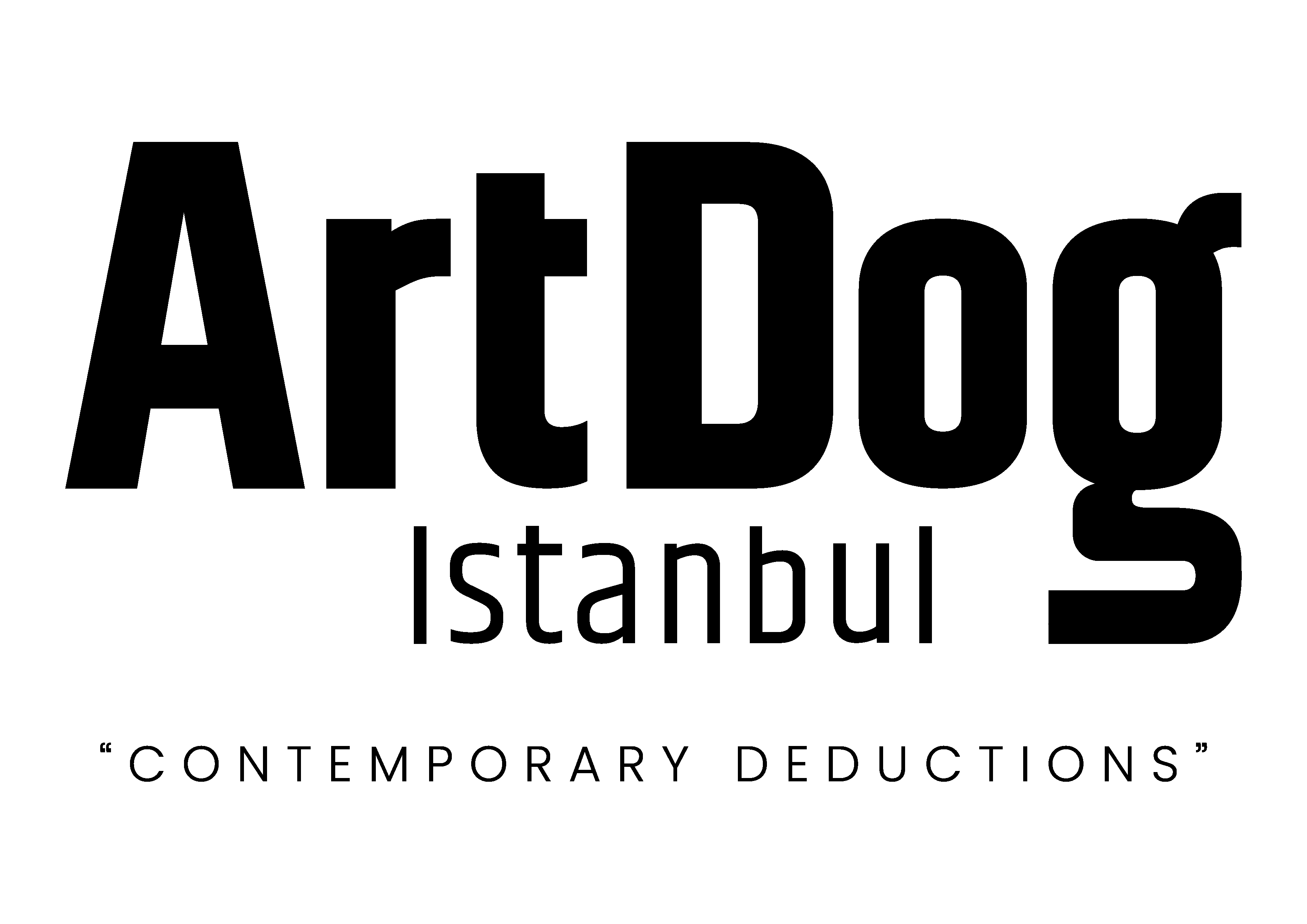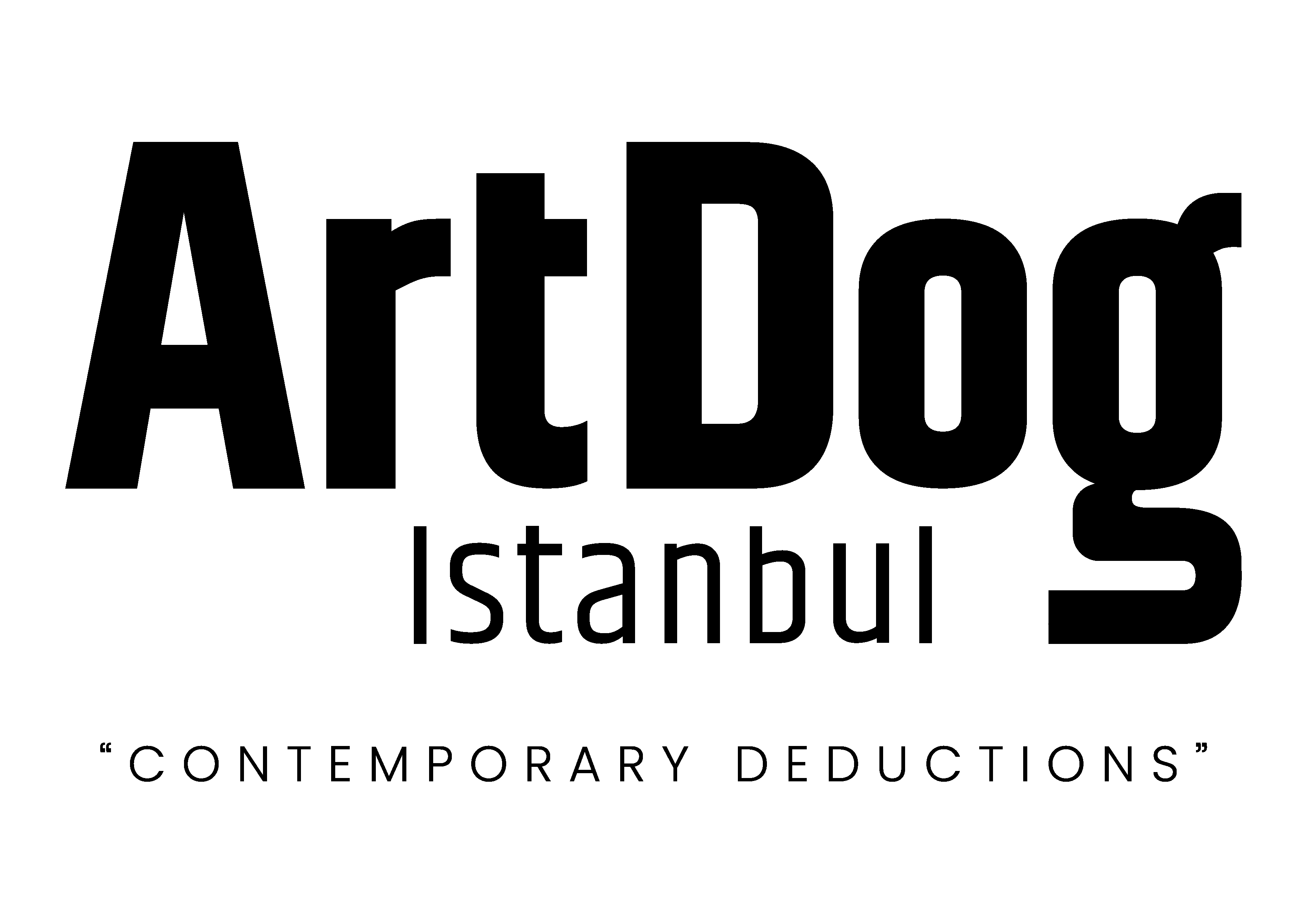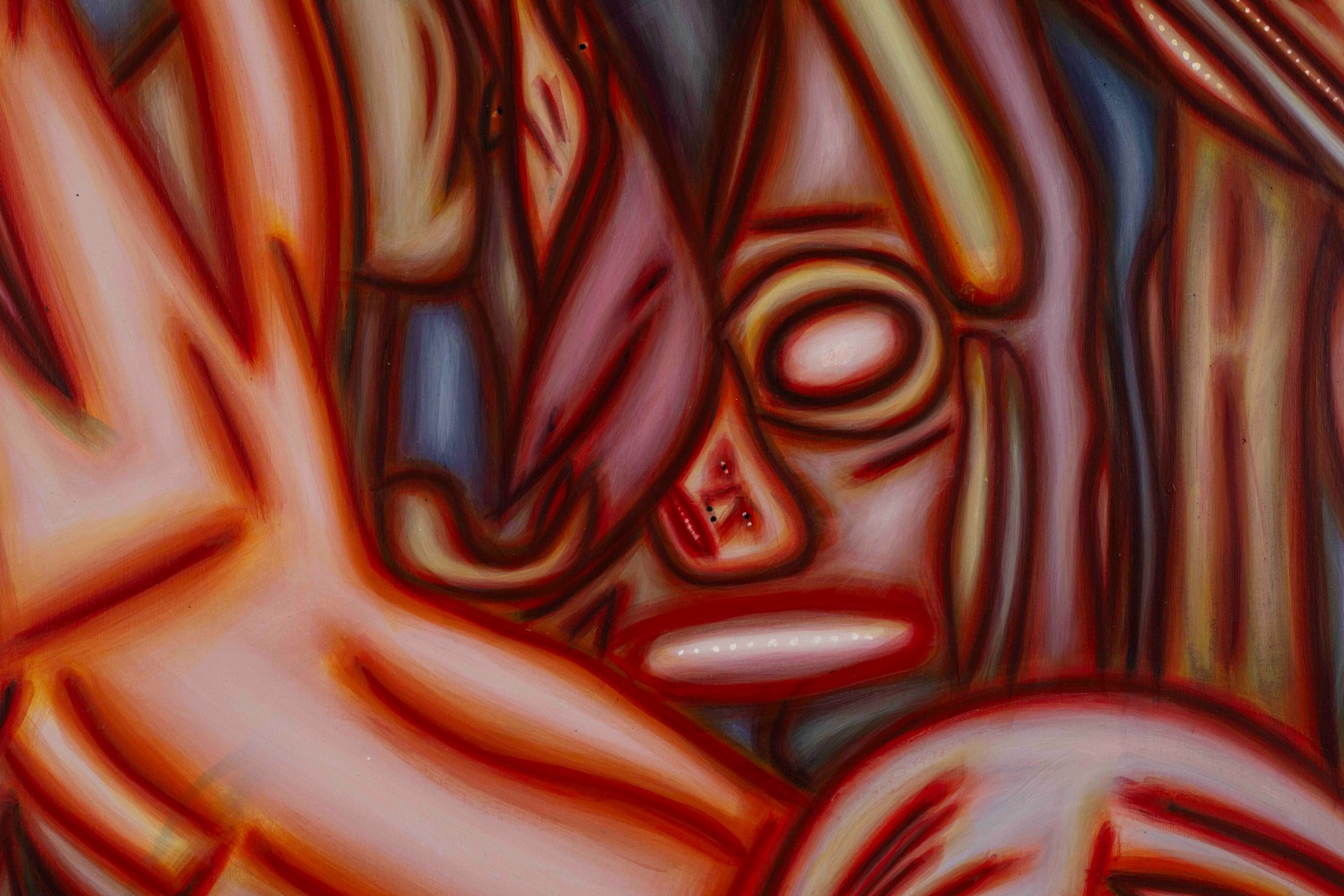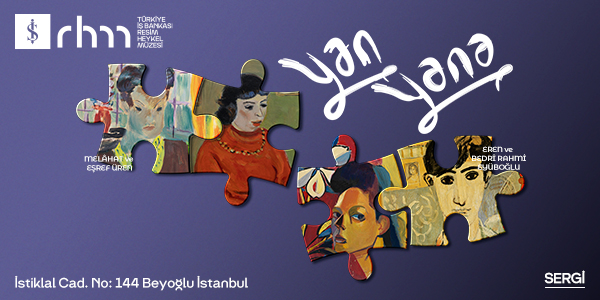Kasa Gallery is hosting the exhibition titled “Secret, Mystery, and Hidden,” featuring collaborative works by Güneş Terkol and Güçlü Öztekin, from November 14 to December 26. Curated by Ali Akay, the exhibition explores the different layers of joy, intimacy, and the unseen. Curated by Ali Akay, the exhibition “Secret, Mystery, and Hidden” by Güneş Terkol and Güçlü Öztekin, opening at Kasa Gallery on November 14, focuses on different aspects of joy, privacy, and the unseen, based on the collaborative works of the two artists. The exhibition, which will be on view until December 26, shares with the audience the tension and curiosity that arise when the hidden becomes visible.
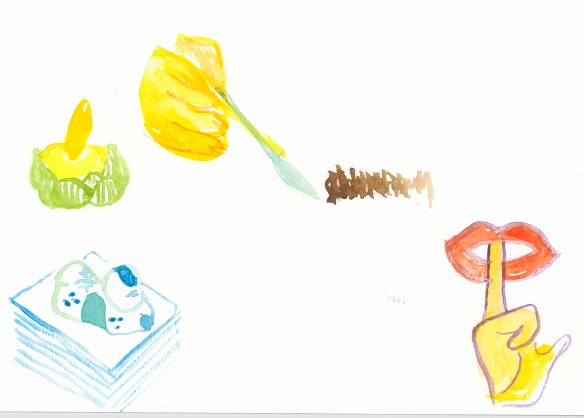
Secret, Mystery, and Hidden transforms the transition of privacy into the public sphere into an aesthetic act by bringing pieces from Terkol and Öztekin’s private living spaces—objects from their homes and studios—into the gallery space. The works, varying in size, material, and composition, sometimes appear excessively visible, sometimes shrink to an almost imperceptible size, creating an experience that constantly shifts between secrecy and visibility.
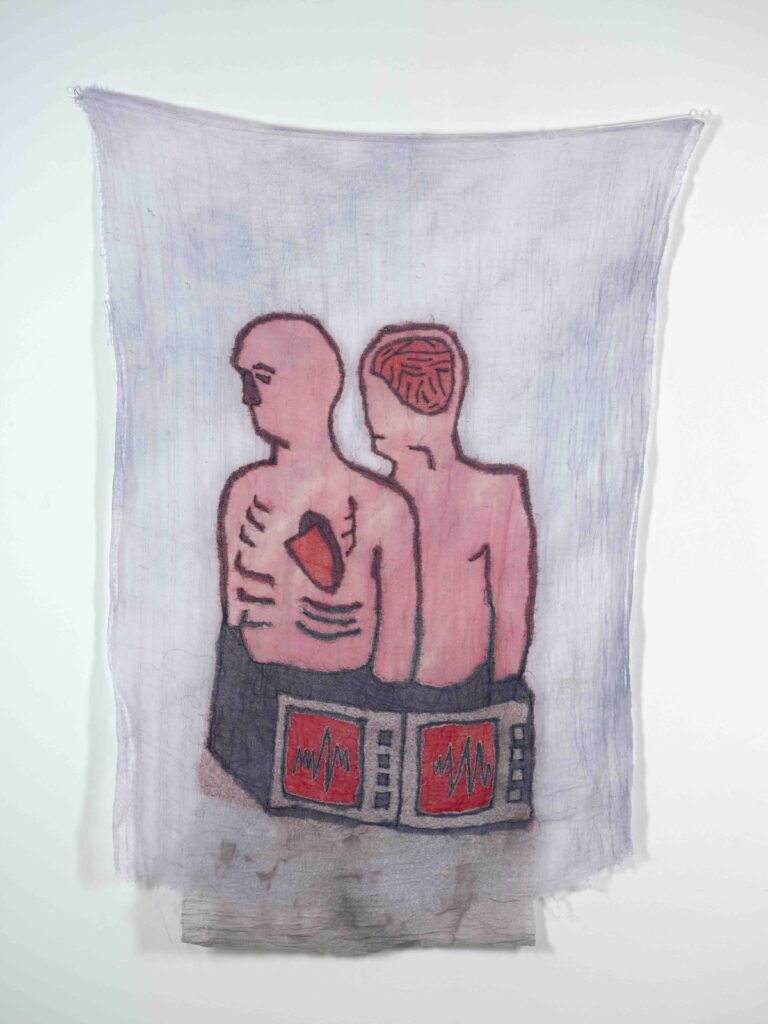
What are we hiding?
Güneş Terkol’s works, created using sewing techniques on tulle and containing hidden letters, point to a space that arouses curiosity without revealing the hidden information. Güçlü Öztekin’s heterogeneous installations, on the other hand, establish a playful and critical language that spans from Dada to contemporary art history, confronting the viewer with intimate objects. Aiming to make visible the contradictory relationship that today establishes with the secret and the hidden through art, the exhibition poses the following questions to the viewer: What are we hiding? What are we revealing? And why? In the exhibition text, Ali Akay points to today’s world, where “the joy of living is suppressed, truths are often hidden, and individuals make themselves invisible in crowded public spaces.” While discussing this state of concealment in modern life, Akay draws on the ideas of Baudelaire, Derrida, and Foucault to highlight the political and psychological dimensions of “the hidden.”



